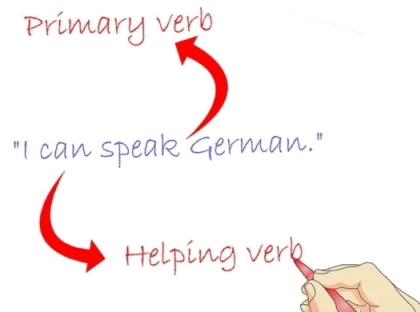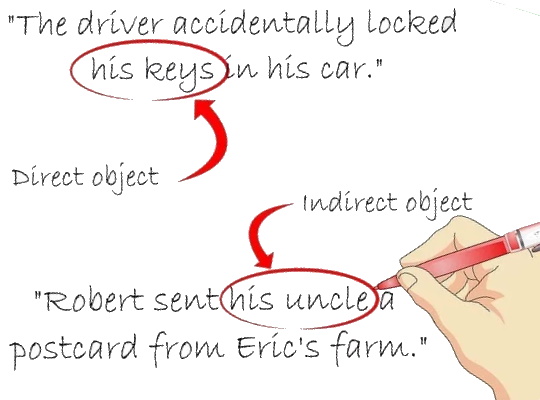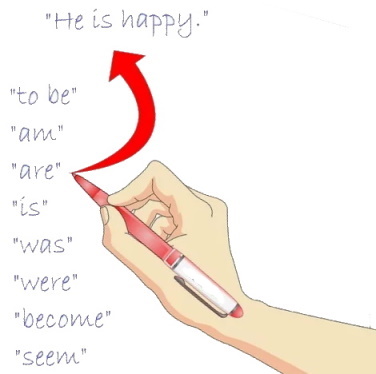A sentence is composed of words grouped into phrases and clauses. Analyzing a sentence and its components helps you understand the function of each of its nouns, verbs, and modifiers in the sentence so you can write better sentences. You can determine the function of each component of a sentence from its position in the sentence.
Look for the subject of the sentence.
The subject is a noun phrase (or a pronoun) that tells what the sentence is about. The subject also determines the form the verb in the predicate takes.
In a simple declarative sentence (statement) or exclamatory sentence ("Harry threw the ball", "I did it!"), the subject is usually stated first.
In a declarative sentence introduced with an appositive or a nonrestrictive clause (a complex sentence), the subject usually appears shortly after the comma that sets off the appositive or clause. ("After winding up, Harry threw the ball.")
In an imperative sentence (command), the subject is usually not stated. ("Bring that over here.") It is understood to be whoever the command is given to, or more simply, "you."
In an interrogative sentence (question), the subject can sometimes begin the sentence ("It's raining in Nebraska?", "Who broke this?"), but it can also follow the predicate ("Is this your car?") or fall between parts of it ("May I have this dance?"). Often, you can rewrite the question into a statement ("This is your car."); in those cases, the subject of the statement is also the subject of the question.
A sentence can have more than one subject. Multiple subjects are called a compound subject; the individual subjects are usually connected with the conjunction "and".
Find the verb and you find the predicate.

Also as noted earlier, the predicate tells what action the subject is taking or has taken or the subject's state of being. In most sentences, the predicate immediately follows the subject, while for interrogative sentences, the predicate verb usually comes before the subject.
The predicate may include a main verb and a helping verb, as in "I can speak German". "Speak" is the primary verb, but "can" serves as a helping verb, telling that I am able to speak German.
The primary helping verbs are the forms of "be", "do", and "have", while "can" is part of a group of helping verbs that expresses need or possibility, called modal helping verbs. The others are "could", "may", "might", "must", "ought to", "shall", "should", "will", and "would".
Just as a sentence can have more than one subject, it can also have more than one predicate. Multiple predicates are called a compound predicate; the main verbs are usually connected with the conjunction "and".
Look for the direct and indirect objects, if they're present.

Objects, when present, typically follow the verb in the predicate. A verb followed by one or more objects is called a transitive verb, while a verb that isn't followed by an object is called an intransitive verb.
An indirect object often follows the verb immediately, while a direct object may be preceded by modifiers or an indirect object. A sentence may have multiple direct or indirect objects.
Not all nouns or pronouns that follow the predicate verb are objects, however. If the verb just connects the subject to a noun that describes it ("I am a man."), the noun that follows the verb is called a predicate noun.
Identify modifying words, phrases, and clauses and determine what they modify.

Often, you can determine what words modify other words by their position in the sentence.
Adjectives are usually placed before the noun they modify, whether it is the subject or the object of the sentence. If several adjectives modify a noun, they may be separated with commas if they describe different attributes of that noun.
However, sentences with verbs that connect the subject with information about the subject, called linking verbs, place the adjective after the linking verb, as in the sentence "He is happy." The most common linking verbs are the forms of "to be" ("am", "are", "is", "was", "were"), "become", and "seem", but other verbs, such as "appear"and "feel", can also function as linking verbs.
Adverbs can be placed either before or after the verb they modify, but usually after. Adverbs that modify adjectives or other adverbs usually come before the word they modify.
Article source: wikiHow wikiHow is a group effort to create a great resource: the world's largest free how to manual. wikiHow articles help people solve their everyday problems. wikiHow licenses all content under a Creative Commons License. The license allows wikiHow content to be used freely for noncommercial purposes. The Creative Commons License also allows for the creation of derivative works.
More Get Paid for Writing:
• Developing Plots in Fiction
• How to Write Dialogue
• Earn $5,000 per Month in Residual Income from Market Intelligence Reports
• Make Money Online From Article Writing
• FREE eBook - How to Write a Children's Story
• Writing Picture Books - How to Captivate a Young Reader
• Tips to Ghostwrite as a Freelance Writer
• How to Write Your Information Product
• New Ways to Earn More Money as a Writer
• Start Your Children's Writing Career Today

